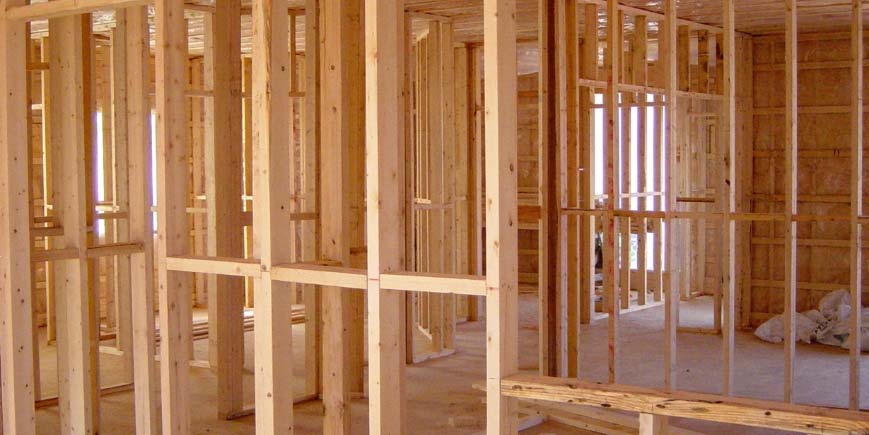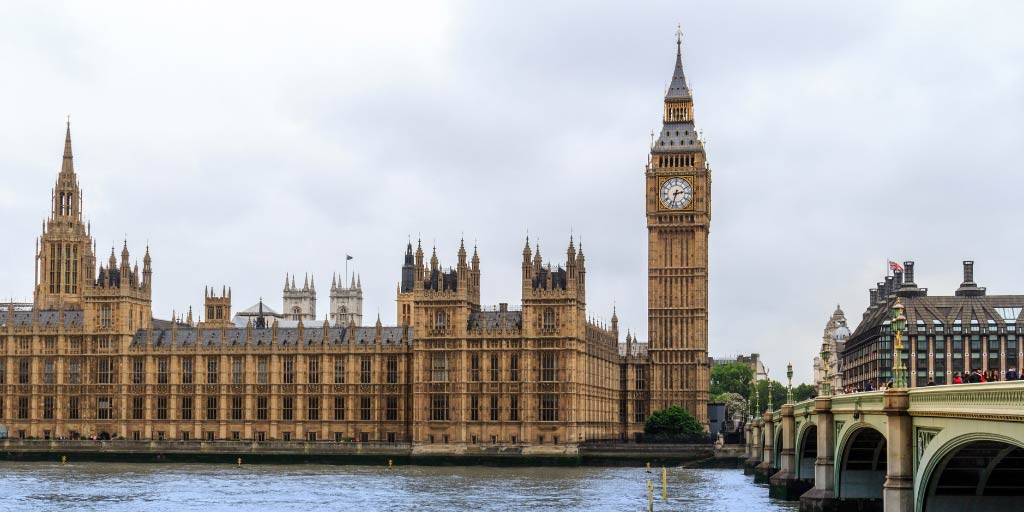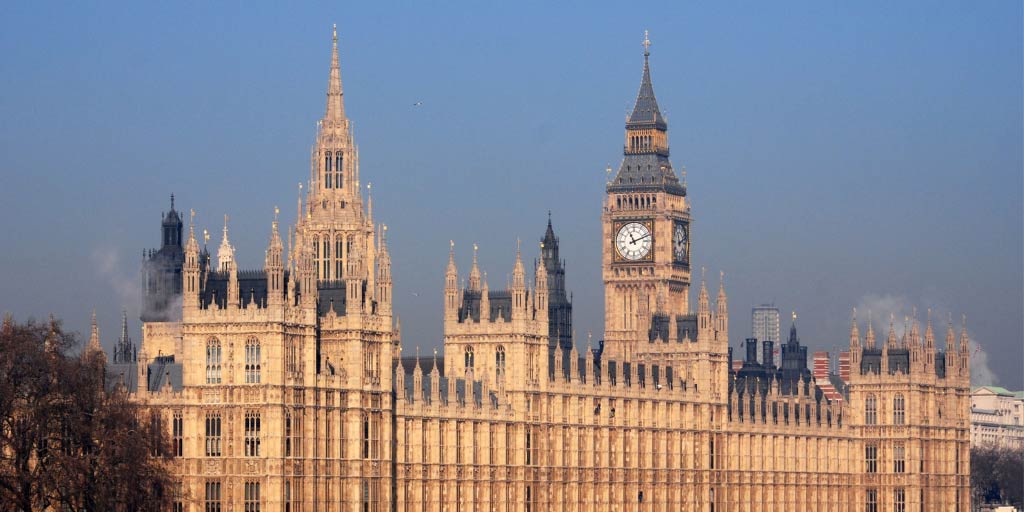This information should not be interpreted as financial, tax or legal advice. Mortgage and loan rates are subject to change.

Categories: government and politics | development finance
Property developers and investors taking on projects to convert commercial property into residential homes have received transformational news, as the government confirms changes to planning law, which coupled with potential tax breaks could be highly lucrative.
From 5th March 2024, changes to the General Permitted Development Order (GPDO) in England will come into effect. The GDPO gives property developers the ability to go ahead with certain types of development without the need to seek individual planning permission from the local authority.
The GDPO in essence considers planning permission to have been granted for particular types of projects. With the changes being introduced, the scope of the GDPO is widening and previous rules which created barriers are being removed.
Why is the government changing the GDPO?
The housing crisis and the high volume of vacant units on the high street has driven the government to make these changes.
The retail sector has seen a large shift to online shopping, which has driven up the collapse of some of the largest retailers in the country. Business rates have also driven other companies off the high street.
The hope is this change will act as a ‘two birds, one stone’ solution, by encouraging both property developers and investors to take on commercial units in England’s towns and cities and regenerate them as much needed housing for the country.
For context, previous Permitted Development Rights (PDR) projects led to the creation of 102,830 new homes, over the period 2015/16 and 2022/23, which comprised around 6 per cent of the net homes delivered over that period.
By easing the restrictions on the GDPO, the government hopes that this route to the creation of new homes can help reach their overall targets for housing.
How is the GDPO changing?
The change relates to the Use Class, Class MA. This allows for a Class E commercial property to be converted into a residential property.
At present the GDPO caps the maximum floor space of a project to 1,500 square metres, meaning any building with a floor space that exceeded this size could only be partly converted. This restriction is to either be removed, or increased to 3,000 square metres, meaning the size of building that can be changed from commercial to residential use will be at least twice what it is now.
Secondly, a property had to have been vacant for a continuous period of three months, before the date of an application. This requirement is being removed.
So, from March 5th unless there is an Article 4 direction or other form of restrictive condition in place that overrules the GDPO, a Class E (e.g. offices, retail space, cafes, restaurants, health centres, indoor recreation and much more) type of commercial building of any size, and regardless of whether it is in use or not, can be converted to residential use.
It may be necessary for property developers to apply separately for planning permission, if the outside of the building is to change (e.g. extra windows and doors are needed).
Tax breaks with change of use property developments
As stipulated in Section 7 of the Buildings and construction (VAT Notice 708), the VAT rating on some property conversions is reduced from 20 to 5 per cent. This applies when you are converting a premises to a:
- Single household dwelling
- Different number of single household dwellings
- Multiple occupancy dwelling
- Premises intended for use solely for a relevant residential purpose
There are conditions that apply in each instance, however, for those that qualify this is a significant cost saving.
What does the change to Class MA permitted development rights mean?
Other rules, outside the floor space and vacancy rules being removed, will still apply. For example, the building must have been in Use Class E continuously for at least the last two years, it must not be on or part of a site of Special Scientific Interest (SSI) or protected in some way, and cannot be within an Area of Outstanding Natural Beauty (AONB).
Nonetheless, the change will be transformative for the property development industry. It will bring about a faster, cheaper and easier path for the conversion of unused or under-used commercial buildings to residential use.
In terms of the overall impact on the housing sector, the government clearly has a long way to go before the housing crisis is fixed. It has a target of creating 300,000 homes per year in England by the mid 2020’s, which we are now upon.
However, in both 2021-22 and 2022-23, the net additional dwellings figure for England demonstrated a significant housing shortfall, and sat at just under 235,000 per year.
If you are interested in getting a development project underway, and need finance, contact our specialist team of development finance advisors by calling on the number at the top of the page, talking to our advisors on live chat or requesting a call-back here.
For further information, click through to read our guide on “Converting commercial property to residential”.


